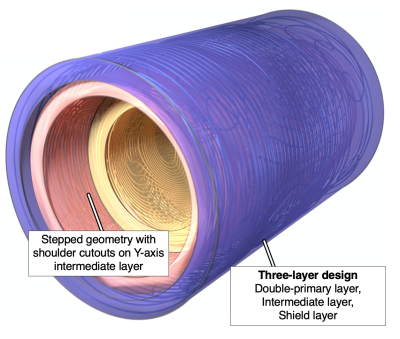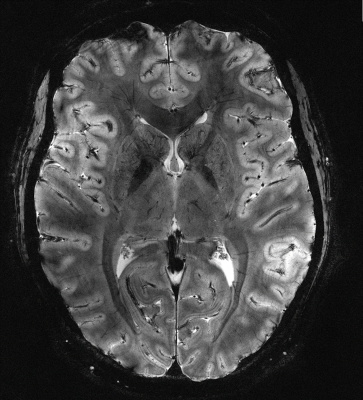Weekday Course
From Low Field to High Field
ISMRM & ISMRT Annual Meeting & Exhibition • 04-09 May 2024 • Singapore

| 08:15 |
Pros/Cons from Low to High Field
Clarissa Cooley
|
|
| 08:25 |
Low-Field Imaging: Acquisition Technology & Applications
Masaaki Hori, Akifumi Hagiwara, Kouhei Kamiya, Koji Kamagata,
Shigeki Aoki
Keywords: Physics & Engineering: Low-Field MRI Low-field MRI systems, historically seen as underperforming, are gaining renewed interest due to advancements in technology. These systems now enable techniques previously limited to high-field MRI, offering considerable clinical value with improved imaging modalities like 3D SWI at 0.55T. The application of AI and deep learning in image reconstruction and noise reduction enhances image quality and reduces imaging times. Despite inherent limitations in signal-to-noise ratio and spatial resolution, low-field MRI provides unique advantages, especially in reducing susceptibility artifacts near metal implants, making it a valuable tool in clinical diagnostics and MRI-guided interventions. |
|
| 08:49 |
 |
Encoding/Reconstruction To Exploit High-Performance Gradients
Gabriel Ramos Llordén
Keywords: Physics & Engineering: Hardware, Image acquisition: Sequences, Image acquisition: Reconstruction Advancements in gradient technology and hardware have significantly enhanced the capabilities of human MRI scanners. To fully utilize these high-performance gradients, sophisticated encoding and reconstruction techniques are essential. This educational session delves into acquisition and reconstruction methodologies designed to maximize the potential of high-performance gradients and overcome concomitant challenges, thereby ensuring high-fidelity MRI imaging. Additionally, the session will highlight various medical applications that benefit from these technological advancements, e.g., hardware and dedicated image encoding/reconstruction frameworks. |
| 09:13 |
Clinical Applications @ UHF
Daniel Paech
Keywords: Cross-organ: Cancer, Neuro: Brain, Physics & Engineering: High-Field MRI The talk delves into the potential transformative impact of ultra high field (UHF) magnetic resonance imaging on medical diagnostics and treatment. Key applications highlighted include advanced brain imaging for neurological disorders, enhanced visualization of musculoskeletal structures, and improved cancer detection and characterization. The speaker emphasizes the potential for UHF MRI to unlock new insights into disease mechanisms, facilitate early diagnosis, and tailor personalized treatment plans. Challenges such as accessibility, patient safety, and regulatory hurdles are also discussed, alongside future directions for integrating UHF MRI into routine clinical practice. |
|
| 09:37 |
 |
What Lies Beyond 7T on the Horizon
Nicolas Boulant, Franck Mauconduit, Vincent Gras, Alexis
Amadon, Caroline Le Ster, Michel Luong, Aurélien Massire,
Christophe Pallier, Laure Sabatier, Michel Bottlaender,
Denis Le Bihan, Alexandre Vignaud
Keywords: Physics & Engineering: High-Field MRI, Neuro: Brain The supralinear gains of signal-to-noise and contrast-to-noise ratios have been a driving force for ultra-high field MRI. Many exciting projects worldwide have emerged to leverage this gain and boost the spatiotemporal resolution of brain images, gain sensitivity in fMRI and increase the spectral peak separation. In this context, the highest magnetic field used to date in vivo on humans is 11.7T at CEA, Saclay France. This work presents the latest achievements at this unprecedented field strength, including the first images ever acquired in vivo, as well as a few lessons learnt on the way. |
| 10:01 |
Shim Coil Design
Alexis Amadon
|
The International Society for Magnetic Resonance in Medicine is accredited by the Accreditation Council for Continuing Medical Education to provide continuing medical education for physicians.